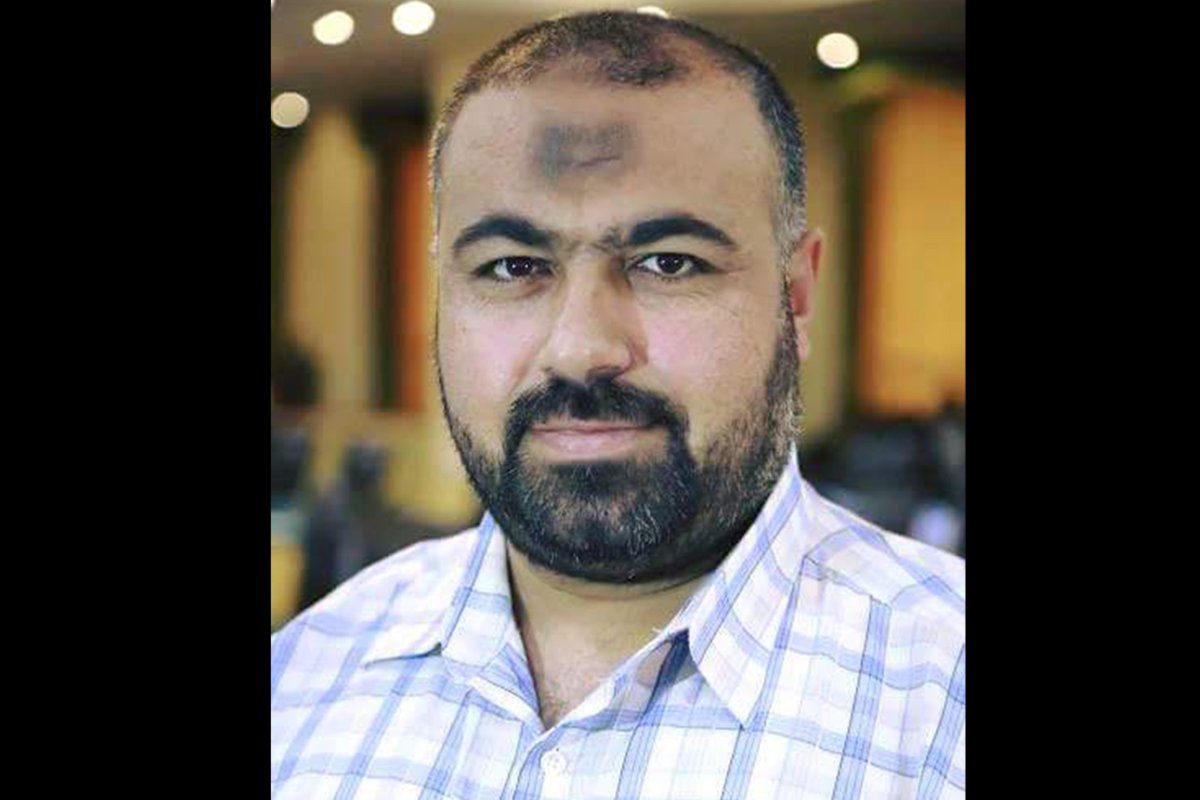Nearly a year after the start of the 51-day Israeli offensive on the Gaza Strip, which caused “unprecedented destruction”, the coastal enclave is still in ruins because of the strict eight-year Israeli siege and the official international silence towards Israeli violations.
The Israeli offensive started in July and ended in August, leaving, according to official statistics, at least 100,000 Gazans without homes due to the complete destruction of 3,329 housing units and partial destruction of 1,592 housing units.
Two months after the end of the Israeli offensive, in October, a donor conference for rebuilding Gaza was held in Cairo, and international donors pledged $5.4 billion to rebuild Gaza.
Norwegian Foreign Minister Borge Brende, whose country called for the conference, announced that the pledges exceeded the $4 billion the Palestinian Authority (PA) had asked for.
Speaking to donors before the end of the conference, United Nations Secretary-General Ban Ki-moon said: “Gaza remains a tinderbox… Yet we must not lose sight of the root causes of the recent hostilities [Israeli attacks and Palestinian responses].”
He was clearly referring to the strict Israeli and Egyptian blockade on Gaza as they had been trying to isolate Hamas, which won an overwhelming majority in parliamentary and municipal elections in 2006. The elections, which were monitored by credible international monitors, were deemed transparent.
After the donor conference, Gazans had hope, but that did not last long as the blockade continued, donors did not fulfil pledges and none of the completely or partially damaged property was rebuilt.
‘No real commitment’
In wake of the 51-day offensive, Oxfam said that Gaza needed at least 89,000 new homes and 226 new schools to rebuild those destroyed or damaged in the recent and previous wars which led to inadequate facilities.
Oxfam said that donor pledges could take decades to reach people. It also blamed the Israeli blockade for the delay in reconstruction.
“The bulk of money pledged at the global donor conference to rebuild Gaza will languish in bank accounts for decades before it reaches people unless long-standing Israeli restrictions on imports are lifted,” Oxfam said following the conference.
UNRWA spokesman Adnan Abu Hasna told MEMO that only $216 million of the pledged funds has been paid to date. “It seems that the issue was not taken seriously by the donors,” he said. “A sum of $216 million out of $5.4 billion means no fulfilment.”
He added: “People in Gaza feel desperate as no single house has been rebuilt. More than 1,500 displaced refugees are still sheltering at UNRWA schools in different areas across the Gaza Strip.”
Abu Hasna also blamed the siege as the “main reason” for the delay of rebuilding the Strip. “If the siege continues, Gaza would continue suffering,” he said.
He noted that lifting the siege goes “in favour” of the Israeli side because economic and political nourishment pushes forward peace chances in the region, “but as long as the siege is in place, we doubt that peace is to prevail or even the current calmness would continue.”
In wake of the Israeli offensive, Oxfam monitored the situation in the Gaza Strip. It said: “Under current restrictions and rate of imports it could take more than 50 years to build homes, schools, health facilities, factories and water and sanitation infrastructure that people in Gaza need.”
However, the situation has got worse and is continuously getting worse in light of the ongoing Israeli blockade, the negligence of the Palestinian unity government and the silence of the international community.
The views expressed in this article belong to the author and do not necessarily reflect the editorial policy of Middle East Monitor.











